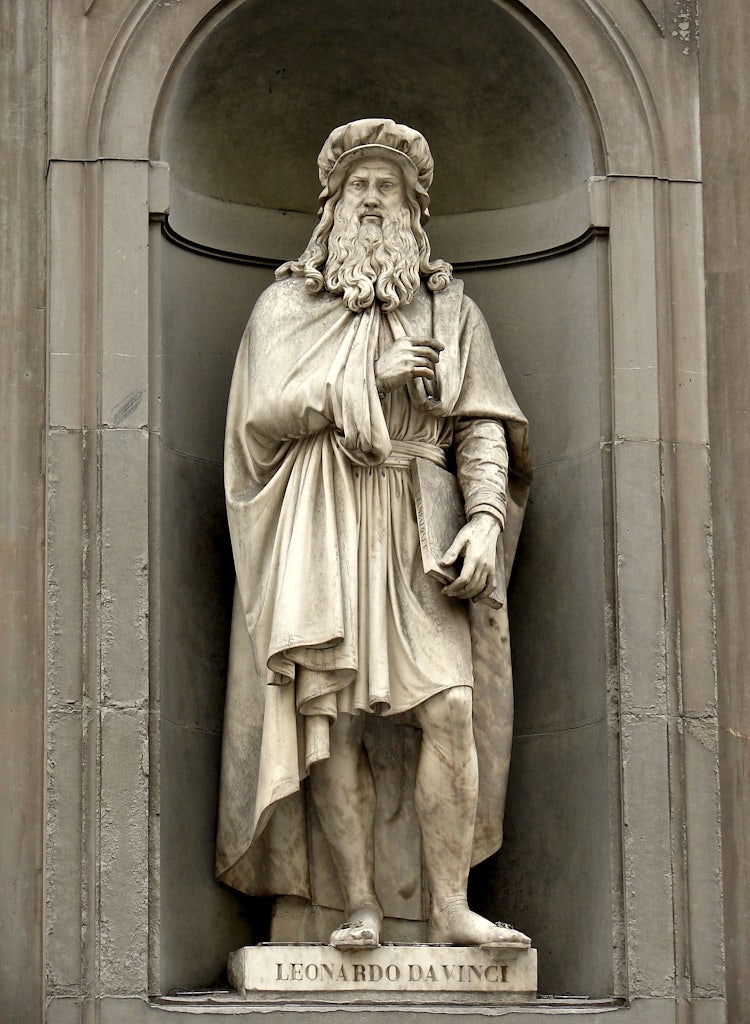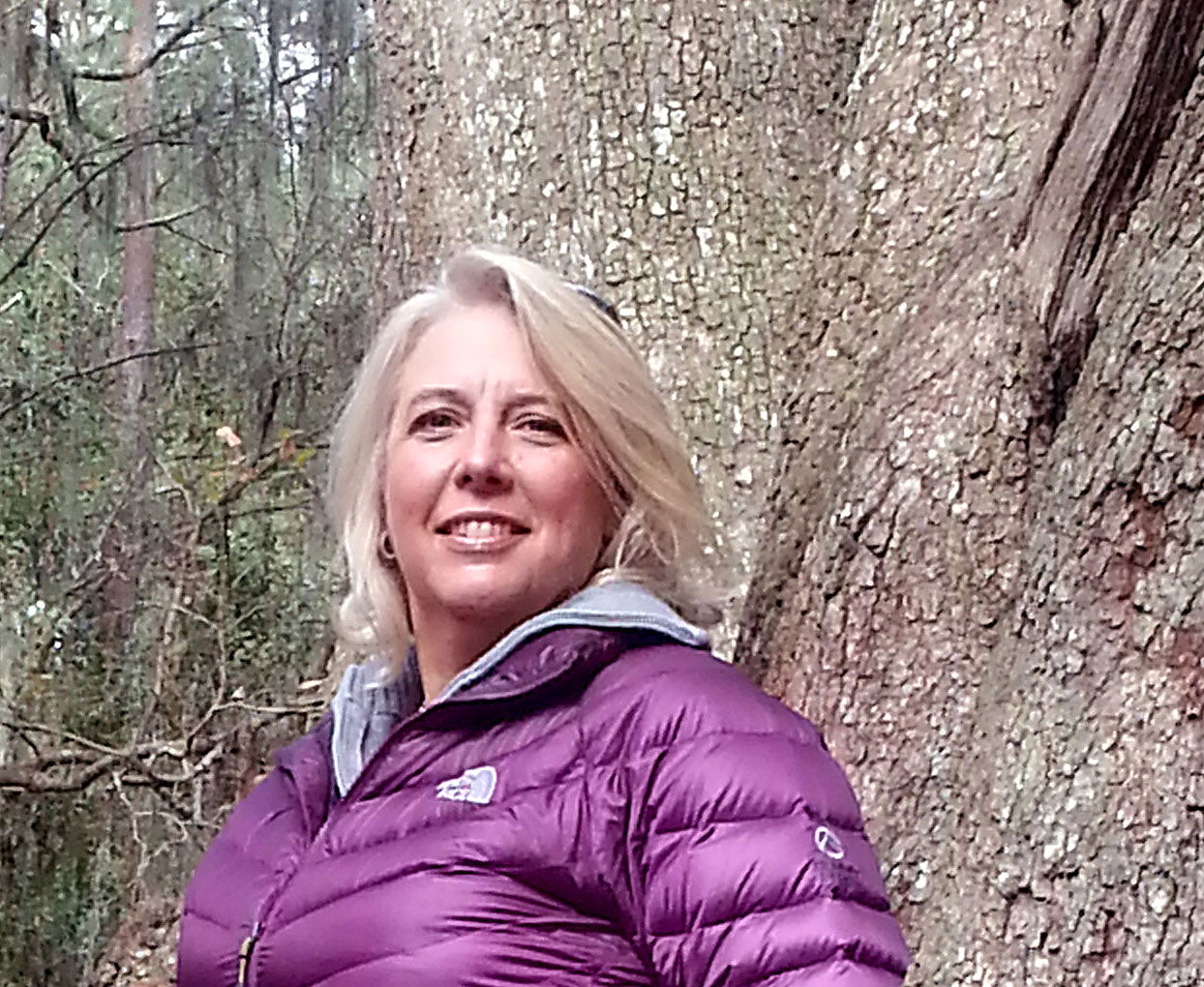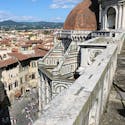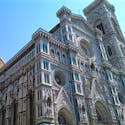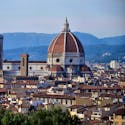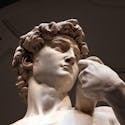Leonardo da Vinci left a legacy bigger than life and we celebrated it all on the 500 year anniversary of his death, May 2, 2019.
And Florence loves to boast that this patrimony of information started right here in the city, in within its very walls!
That is partially true.
It actually started in a small town, Anchiano, a locality situated just a few kilometers from Vinci, where tradition has placed Leonardo's birthplace on April 15, 1452. However, since Vinci is within the province of Florence, perhaps we can allow that they are right, and say it all started right here in Florence.
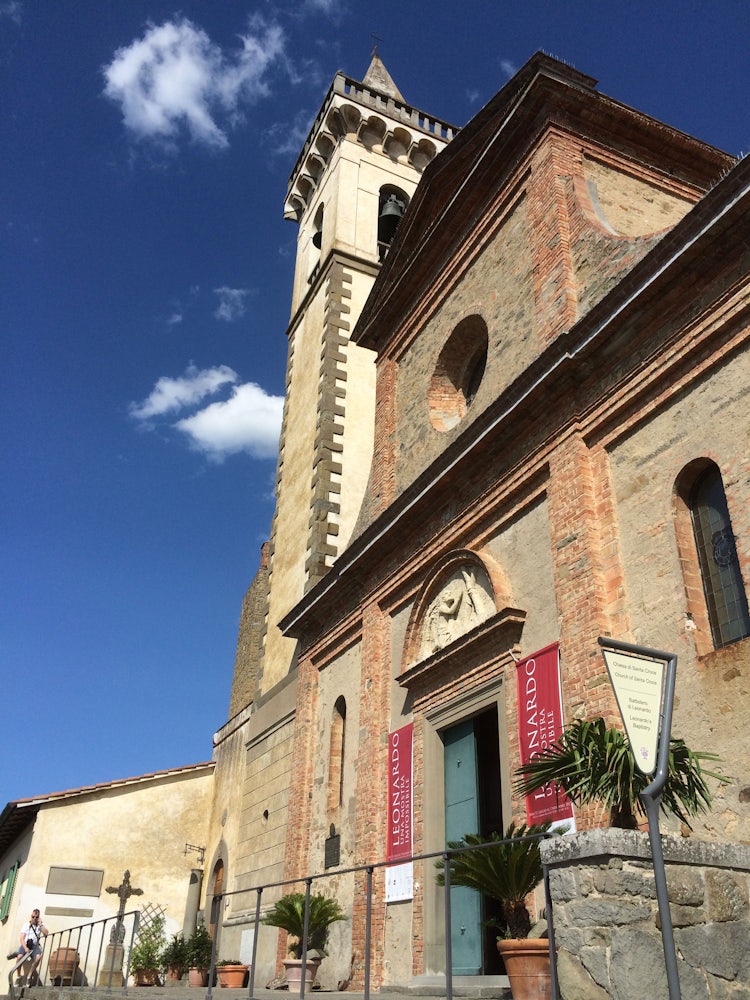
Once upon a time in Vinci
Vinci not only hosts a museum which brings to life some of his more famous designs and inventions but also hosts a library which was officially inaugurated in 1928 - but its origins reach as far back as 1883. The library has facsimiles of all the manuscripts and drawings ever made by Leonardo da Vinci, as well as all of his literary works. In addition, it contains more than seven thousand monographs in many languages, cinematographic films, posters, maps, photos, slides, x-rays of paintings, and writings by contemporary authors which all make reference to Leonardo.
A visit to this quaint little town could include a stop at all three of these locations (birthplace, museum & library) ... but if you wanted to really touch base with the life of Leonardo, a fun adventure could include:
- Visit the Chiesa di Santa Croce, which still conserves the baptismal font where Leonard was baptized
- Stroll about the Piazza Leonardo da Vinci, where it is rumored that one of Leonardo's half-brothers managed a tavern and butcher shop
- Walk past the building that belonged to the Da Vinci family until 1555 near Piazza Guazzesi
- Hike out to the panoramic hills of Montalbano to enjoy the views that once inspired Leonardo
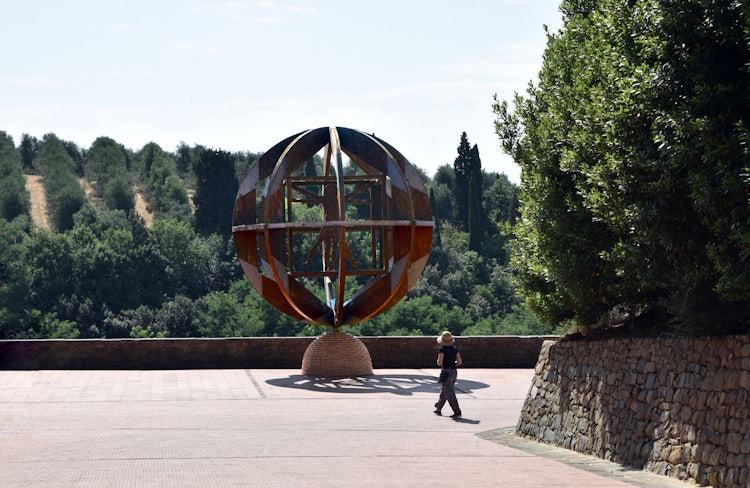
Life in Florence
Our adventure is really based in Florence, the city center, where we will highlight some of the places that are closely associated with Leonardo during the periods of time he resided or worked for the city.
1. Our first point of interest in the city center is now known as the Bargello Museum, where his father Ser Piero worked as a notary as early as 1469, and at that time it was called the Palazzo del Podesta.
2. It was around 1469-1470 when his father apprenticed his son as a garzone in the bottega of Andrea del Verrocchio (Via dell'Agnolo/Via de' Macci). He remained in the workshop for the next 7 years practicing with Verocchio, one of the leading Florentine painters and sculptors of his day.
3. We can document that on August 5, 1473, Leonardo dated his first artwork in pen and ink, which consists of a landscape with a river. As of 2018, there is a room dedicated to the work of Leonardo in the Uffizi Gallery including other important pieces by the artist.
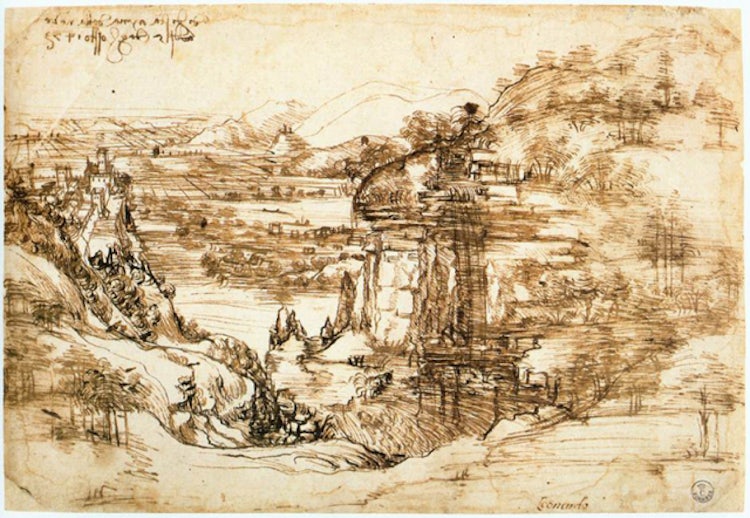
The Diversity of Leonardo's Legacy
4. Another specific date that shows up on the Leonardo timeline in Florence, is December 29, 1479. One of the leaders of the "conspiracy of the Pazzi", Bernardo di Bandini Baroncelli (the murderer of Giuliano de 'Medici), was immortalized in death by a drawing completed by Leonardo, which many say confirms a link between Leonardo and the de' Medici family.
Perhaps one of the most intriguing aspects of Leonardo’s legacy is the diversity of his areas of interest. In fact, there are studies which show that the Da Vinci Code sheets also include military advice and engineering applications most likely created specifically for Lorenzo il Magnifico and the Medici family during this period.
5. Following documented proof of his stay in Florence, we hear from “Anonymous Gaddiano”, who left books with notes on the works of Italian artists, mainly those active in Florence. He speaks of Leonardo da Vinci living with the Medici and working in the Garden of San Marco in Florence in the year 1480.
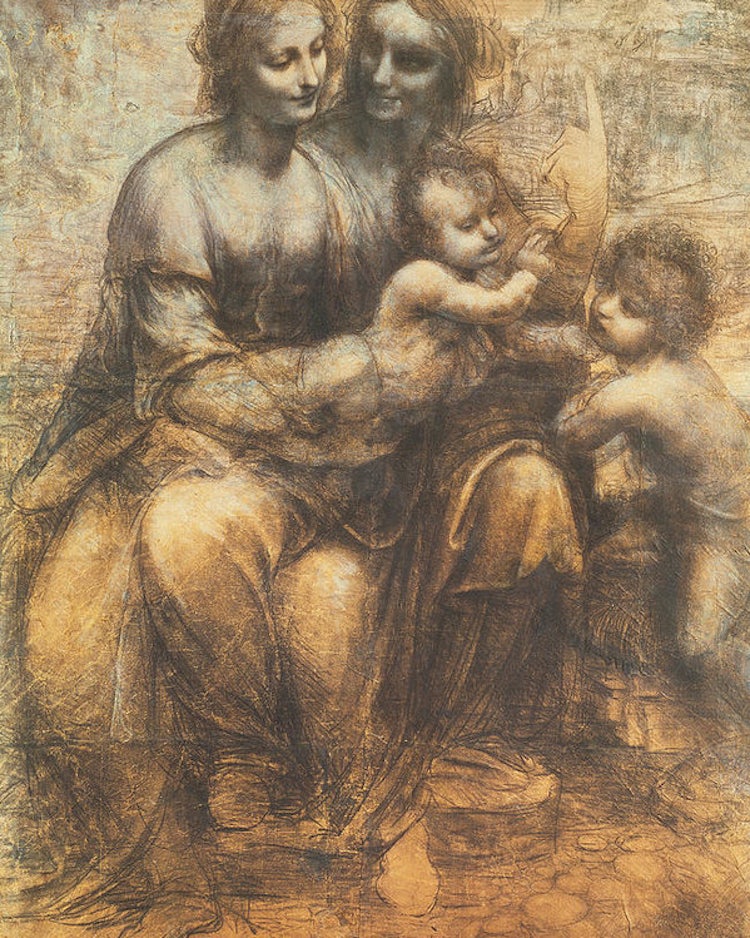
6. We know that he left Florence to work in Milan and various other places until the 1500s but he did return to Florence. It appears that he was a guest of the monks at the monastery of Santissima Annunziata and it is here he created the cartoon drawing of The Virgin and Child with St Anne and St John the Baptist, a drawing which is now located in the National Gallery of London.
Monna Lisa
Even though the view cannot be appreciated from within the city walls, one of Leonardo’s best-known pieces, executed around the year 1504, was painted when he was in the province of Florence. For those looking to do a road trip into Chianti, follow this itinerary and you can find the location that supposedly inspired the background to the Monna Lisa. However, new studies suggest that it is Castello Vicchiomaggio, now a prominent winery and Tuscan accommodation, was the actual base where he resided while he painted this piece.

Let's return to explore the hot spots within the city walls:
7. He left Florence once more to travel Italy but returned in March of 1503, when Pier Soderini gave him the task of decorating one of the great walls of the new Salone dei Cinquecento in Palazzo Vecchio. This was a work which would be monumental in size and very ambitious depicting scenes of the "Battle of Anghiari".
On the occasion of the 500 year anniversary in 2019, Palazzo Vecchio has prepared a special itinerary which centers around the lost painting by Leonardo da Vinci. It will take guests through the various points of interest in the palazzo regarding Leonardo and this painting.
The various paintings in the hall were to celebrate the concept of "republican libertas" against enemies and tyrants. Each artist was given a different battle. Leonardo was to represent the clash between the Florentine and Milanese armies on June 29, 1440, known as the Battle of Anghiari. On the opposite wall would have been the work of his rival Michelangelo Buonarroti, with the Battle of Cascina (July 29, 1364, against the Pisans).
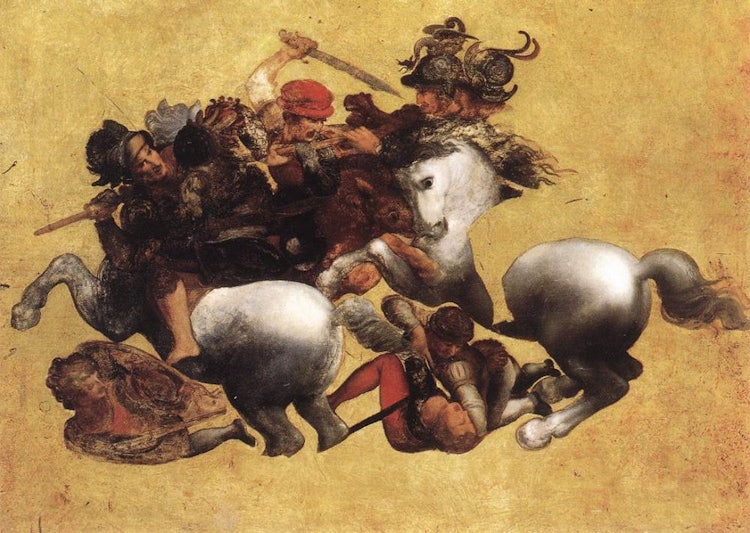
8. In 1504 Leonardo participated in a committee which was formed to relocate Michelangelo's statue of David. Since the idea of placing 6 tons of marble on the rooftop of the cathedral was rather impractical, the committee decided to place the David at the entrance of the Palazzo dei Priori.
It was at this time that the rivalry between the two great artists showed some of its true colors: Leonardo commented that the nude statue needed some covering up – often suggested to be a symbolic castration of his rival.
Not Just an Artist, but also an inventor
This next "adventure" falls in the region of Tuscany, not in the city of Florence, the plans were commissioned from Florence, so we decided to throw it into the mix.
9. Leonardo da Vinci had visualized and designed many projects involving the Arno, searching for ways that Florence could have its own seaport. Finally, in July 1504, it seemed that he would have the opportunity to make this pipe dream come true when Machiavelli and the Republic gave him a complex hydraulic-military project.
The objective was to build a dam to divert the Arno in order to finally put to rest the rebellious town of Pisa and to conquer their very own seaport. Unfortunately for Leonardo, the contractor who was supposed to be following his designs took one too many shortcuts, compound that with extremely bad weather, and the project was a disaster.
If they had succeeded, da Vinci and Machiavelli would have transformed Florence into a major world power!
10. One of the last documented activities we have of Leonardo da Vinci in Florence and Tuscany is actually just up the hill from Florence in the town of Fiesole. Leonardo and his assistant Tommaso Masini set out to prove that man was capable of flight. In the Codex on the Flight of Birds, Leonardo makes note that Massini was the pilot of the machine. But it appears many of the details can not be confirmed and we are left with anecdotes which only "suggest" that this might have been the first flight by man, ... and that poor Tommaso suffered various broken bones in the first landing...so also the first flight accident as well.
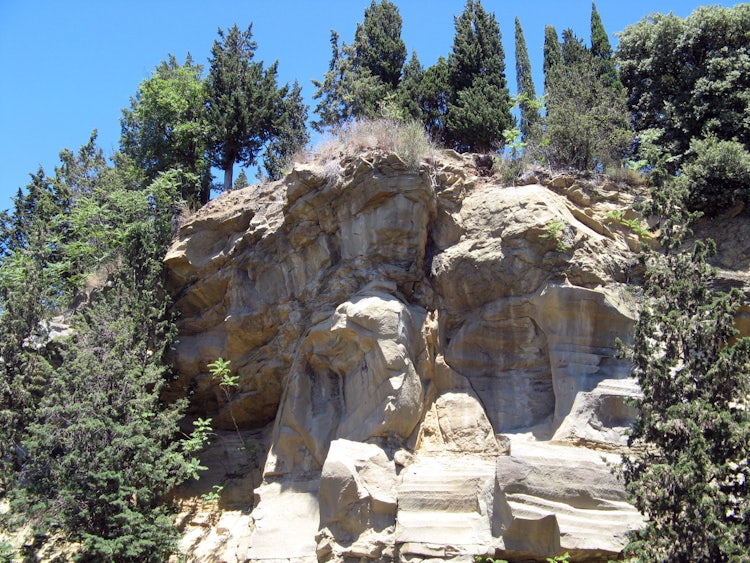
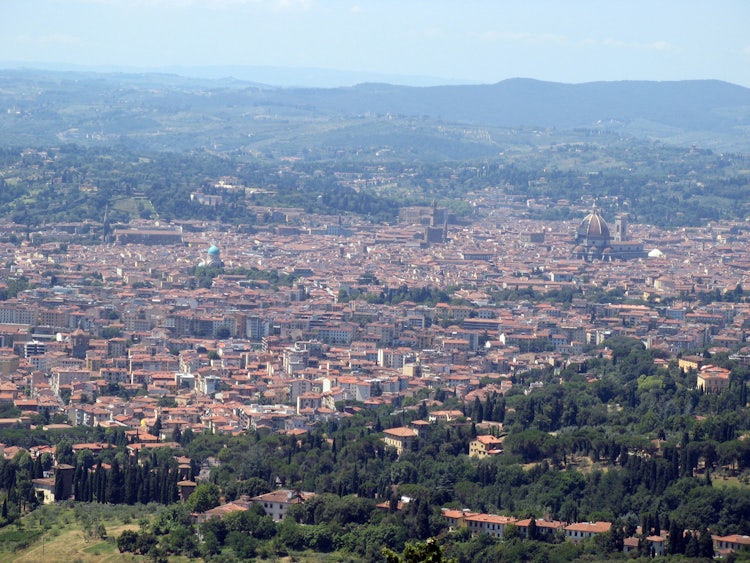
These are just a few of the stops you can make while visiting Florence which will give you a look at Leonardo da Vinci - and if you want to explore more about the Da Vinci Code, we suggest you make some time to visit the Leonardo da Vinci Museum in Florence with examples of some of his more famous designs.
